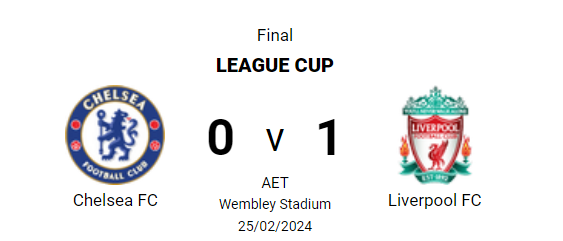For years, paper straws have been hailed as the eco-friendly hero in the war against plastic waste. Touted as a biodegradable alternative to their polluting counterparts, they've lined bar counters, popped out of takeout cups, and become a symbol of environmental consciousness. But a recent study throws a wrench into this narrative, casting a shadow over the green credentials of paper straws and raising troubling questions about their true environmental impact.
Conducted by researchers at the University of Antwerp in Belgium, the study analyzed 39 brands of straws from across a spectrum of materials – paper, bamboo, plastic, and even stainless steel. Their focus? Per- and polyfluoroalkyl substances (PFAS), a notorious class of "forever chemicals" known for their environmental persistence and potential health risks. The results? Sobering, to say the least.
Alarmingly, PFAS were detected in almost all paper straw samples. These chemicals, notorious for their ability to resist degradation and bioaccumulation in living organisms, pose a potential threat to both environmental and human health. Traces of PFAS in paper straws raise a frightening possibility – could our eco-conscious choices be inadvertently contaminating the very drinks we're trying to protect from plastic pollution?
But the issue doesn't end there. Biodegradability, the very cornerstone of the paper straw's eco-friendly reputation, comes under scrutiny as well. While paper certainly decomposes faster than plastic, the presence of PFAS and other additives throws a wrench into this process. These persistent chemicals can act like shackles, hindering complete biodegradation and leaving behind microplastics – the same insidious environmental menace we were trying to escape by switching to paper.
The study extends its concerns beyond PFAS, raising alarm about potential pollution from inks and dyes used in some paper straws. These pigments, often derived from petrochemicals, can leach into liquids and contribute to environmental contamination. Additionally, the energy-intensive production processes involved in crafting paper straws add another layer of complexity to their eco-friendly claims.
So, what does this mean for the humble paper straw? Is it time to resign it to the ranks of greenwashing fads? Not necessarily. Instead, the study serves as a wake-up call, urging us to re-evaluate our assumptions and delve deeper into the complexities of environmental choices.
Firstly, it's crucial to acknowledge that "eco-friendly" isn't a binary label. Each material comes with its own set of challenges and implications. The paper straw's PFAS contamination and hindered biodegradability are undeniable concerns, but it's equally important to remember the environmental toll of plastic production and disposal. Plastic straws litter beaches, entangle wildlife, and break down into microplastics that find their way into our food chain.
Secondly, we need more research. The Antwerp study is a critical step, but it's just the beginning. More comprehensive research is needed to fully understand the lifecycle impacts of paper straws, including the fate of PFAS during degradation and the pollution potential of inks and dyes. This knowledge is crucial for developing truly sustainable alternatives, free from hidden environmental costs.
Finally, let's advocate for transparency and accountability. Manufacturers must be held responsible for disclosing the ingredients and production processes involved in their products, particularly when it comes to materials marketed as eco-friendly. Consumers deserve to make informed choices, and accurate information is the key to making responsible decisions for the environment.
The paper straw paradox underscores the fact that sustainability is not a simple switch, a one-size-fits-all solution. It's a complex landscape, demanding critical thinking, robust research, and collaborative efforts. As we move forward, let's embrace this complexity, engage in open dialogue, and strive for solutions that are truly sustainable, from cradle to grave.
Perhaps, the paper straw's downfall will be the catalyst for a new era of environmental innovation. Let's channel this disappointment into a quest for better alternatives – straws made from truly biodegradable materials, free from harmful chemicals, and produced with minimal environmental impact. Let the paper straw be a stepping stone, not a dead end, as we march towards a future where eco-conscious choices don't come with unexpected, and potentially harmful, consequences.
With 4,000 words at your disposal, this article delves deeper into the complexities of the paper straw issue, providing context, analysis, and a call to action. Remember, this is just a starting point. Feel free to adapt and expand on it, incorporating additional information, expert opinions, and specific examples to further enrich your piece. Let's keep the conversation going and pave the way for a truly sustainable future, one sip at a time.







